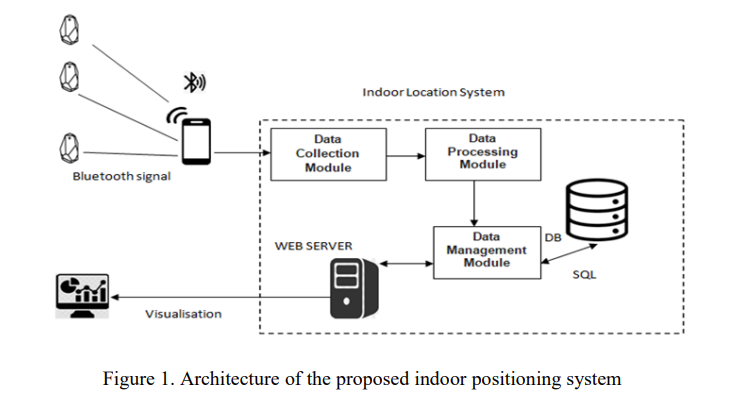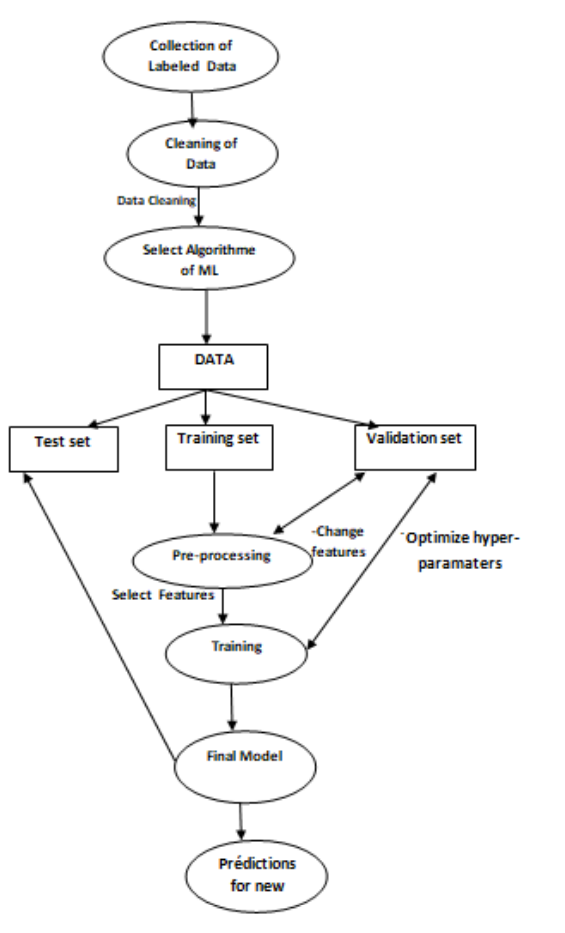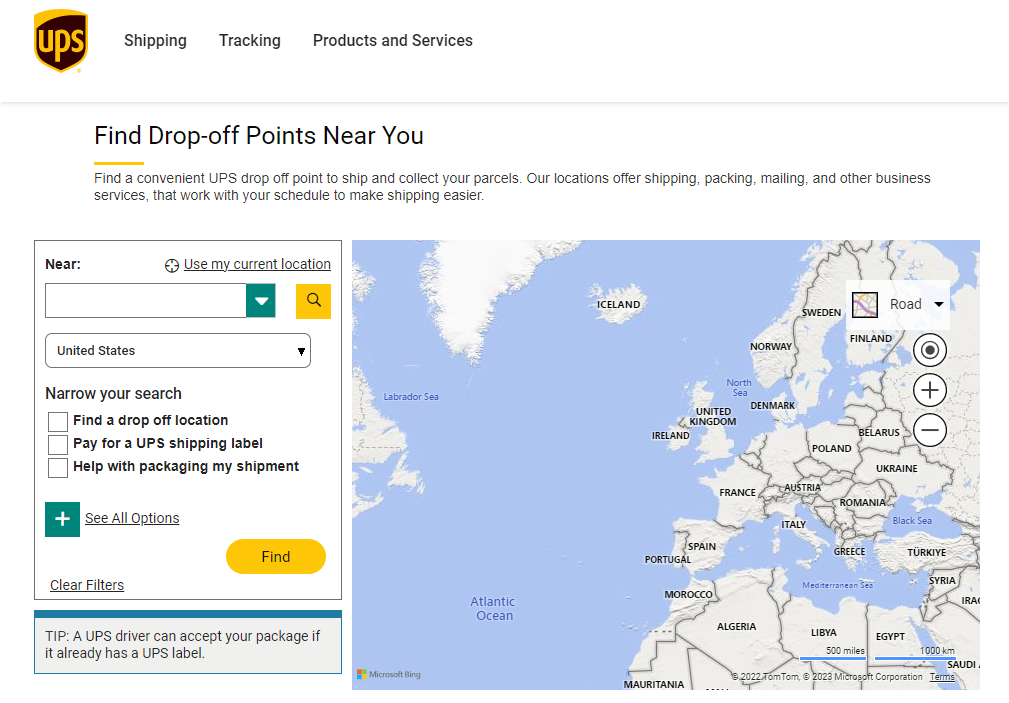There’s a recent paper by Ruchita Pangriya, of L. S. M. Government P. G. College, India on Beacon Technology the Future of Retail: A Review of the Literature and SWOT Analysis (pdf). The paper addresses the, so far, limited use of beacons in retail. The paper says:
“Despite the enormous scope in this field… many people are unaware of this technology”
The paper describes a systematic review of current literature and does a SWOT analysis on beacons. It covers the results of 80 academic papers and two-phase interviews. The first phase of interviews was with six experts in the area of digital technology and retail.
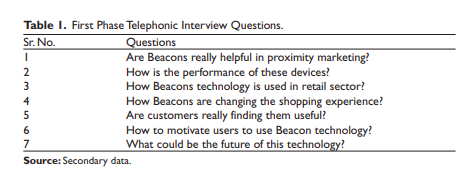
The second phase questionnaire was sent to 46 customers who had experienced this technology.
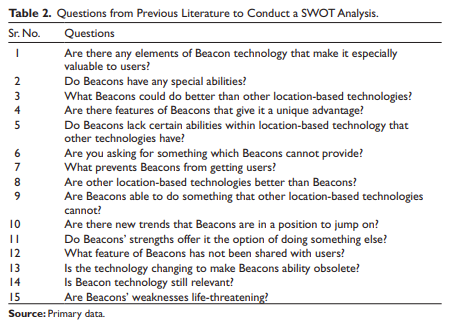
Challenges include:
- The readiness of various stakeholders to adopt the technology on a large scale
- Balancing customer personalisation, privacy and also respecting regulations on direct marketing
- Ensuring customers have an app and Bluetooth on
Opportunites include:
- The potential to revive the bricks and mortar retail model
- The ability to integrate offline operations into the online world
- The possibility to better serve customers with superior personalised experiences, customised notifications and loyalty benefits
- Improving efforts to match advertising endeavours with customer conversions
It was found that in order to use beacons in retail, retailers need to educate customers and tell them about the benefit of using Beacon driven apps.
The paper spreads the misconception that:
“Bluetooth-connected devices are not battery friendly, and very few customers keep their Bluetooth activated all the time”
This used to be so, but is no longer the case with modern smartphones using the latest iOS and Android APIs.
